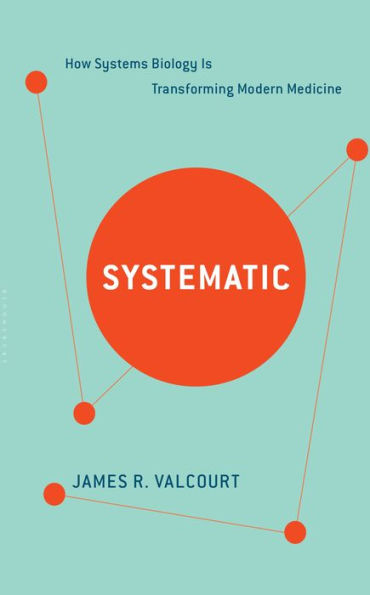Table of Contents
Preface: The Big Idea xi
Part I The Basics
Chapter 1 Seeing the Systems in Biology: Technological Advances Are Letting Scientists Understand Living Things in a New Way 3
Chapter 2 Déjà Vu All Over Again: The Common Patterns and Principles of Natural Systems 9
Chapter 3 Americas Next Top Mathematical Model: Understanding Complex Systems Sometimes Requires Math 23
Chapter 4 Ignoring the Devil in the Details: Robustness, Prediction, Noise, and the General Properties of Systems 41
Part II Cells, Organisms, and Ecosystems
Chapter 5 Beyond Tom Hanks's Nose: Sequencing Technology Is Enabling Scientists to Study All of a Cell's Genes at Once 61
Chapter 6 The Smells of the Father: RNA, DNA Margin Notes, and the Other Missing Parts of the Cellular System 83
Chapter 7 Growing Pains: How Cells and Tissues Coordinate Development, from Egg to Adulthood 99
Chapter 8 No Organism Is an Island: The Interactions between Individuals and Species that Shape Ecosystems 113
Part III Applications
Chapter 9 Build Me a Buttercup: Using Synthetic Biology to Make Diesel Fuel Programmable Cells, and Malaria Medicine 131
Chapter 10 More Than Just 86 Billion Neurons: The Science of the Brain, and How Connections among Neurons Make It Work 153
Chapter 11 Death and Taxes: Aging Is Governed by an Organism-Wide System that We Might Be Able to Manipulate 177
Chapter 12 Your Microbiome and You: The Body Is Host to Trillions of Microbes that Affect Human Health 187
Chapter 13 This Is Your System on Drugs: Tweaking Biological Systems to Produce Better Medical Treatments 205
Epilogue 233
Acknowledgments 235
Notes 237
Index 267



